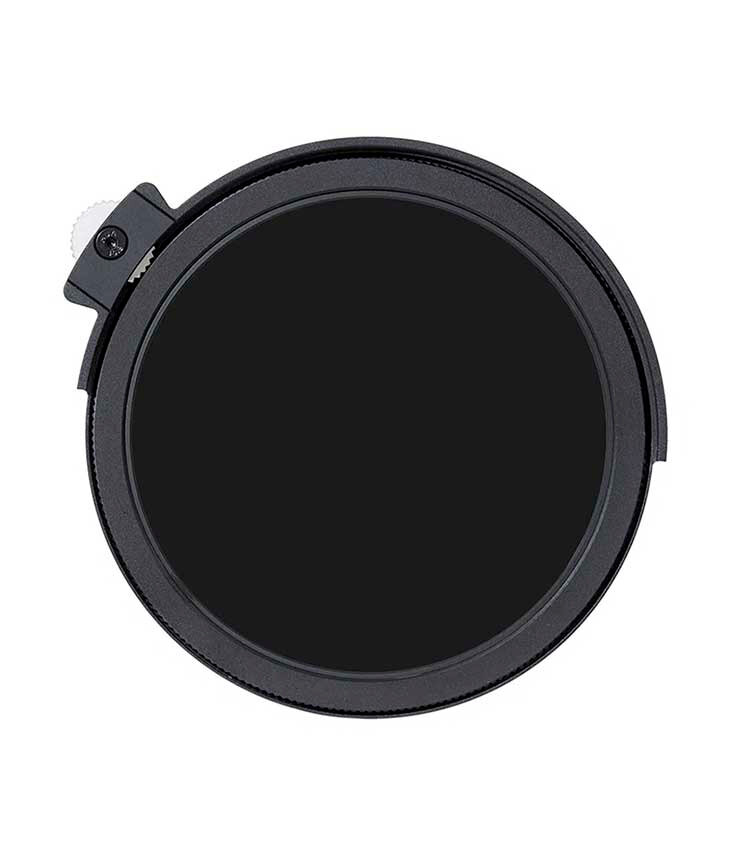If you’ve been following how I’ve been getting on with my Portrait Photographer tackles Landscape Photography, you’ll likely have heard me mention how slowing down, relaxing and just enjoying the surroundings, very quickly started to produce results I was happy with.
Well, that was certainly the case a few weeks ago when I happened to drop into Lynmouth, North Devon for a pit stop when on the way to elsewhere.
Long story short, but I parked up and popped to what is without doubt one of the best Fish & Chip Shops (Espalanda) and then sat on the wall opposite intending to eat whilst looking out across the sea.
Now I’ve been to Lynmouth many times and pop there most weeks but, when I sat on the wall I just happened to see something I’d never seen or noticed before … what was left of some old groynes.
Groynes create beaches, prevent beach erosion caused by longshore drift where this is the dominant process and facilitate beach nourishment.
I quickly checked the tide time and saw that high tide was a couple of hours away, so needless to say my original plans of going elsewhere changed.
I immediately grabbed my kit from the car and climbed down the other side of the wall, positioned myself and finished off my fish & chips awaiting the incoming tide.
Sure enough the tide started rising but before commiting myself with my camera gear I clambered around with just my iPhone to see what would be a good position and angle to set up in.
This is something I do most times when out taking landscape, seascape and woodland and is a great way to see how using a wide angle lens can completely transform the look and feel of the scene infront of you…
So then it was a case of kit, which ended up being…
Sony A7RIV (camera)
Sony 16-35mm f/4.0 Zeiss (lens)
As for settings, I knew I would need quite a long / slow shutter (somewhere around 30 seconds) to give the foggy look to the water that I wanted. To achieve this I would need to use a Neutral Density Filter.
Note: A Neutral Density Filter is placed over the lens and depending on the strength, will make the scene darker when viewed on / through the camera. To make the scene brighter we slow down the shutter speed to allow more light to fill the sensor. Slowing down the shutter speed, smooths out the moving water. The slower the shutter, the smoother and ‘foggier’ the water becomes.
The settings I opted for were…
ISO 50, 16mm, f/16, 1/25 sec
To achieve a shutter speed of ½5 sec, I used my 6-Stop Neutral Density Filter, which effectively makes the scene appear 6 times darker than it really is. Slowing the shutter to 1/25 sec would smooth out the moving water and at the same time bring the scene to a brightness level I wanted. The ND Filter was also fitted with a Polariser so as to cut down on reflections from the water and the wet rocks.
The only issue was that by doing so, as the sun was still quite bright and just out of frame to the left, the sky was washed out so I needed to add another Neutral Density Filter into the equation, but this time a Reverse ND.
Note: A Reverse ND (Graduated) filter is darkest in the middle of the filter and gets gradually clearer towards the outside edge. The darkest part across the middle is placed on the bright horizon line. I used a 4-Stop which effectively makes that area in the scene appear 4 times darker than reality. This combined with the 6-Stop ND Filter created what would be ideal lighting / brightness across the entire scene.
So, once I had plugged in a cable release so as not to disturb the camera on the tripod when taking a photograph, this is the result…
1.
2.
So there you go … a photo shoot that wasn’t meant to be, and for me yet again a reminder to have my camera kit with me when I pop out, because you just never know what you’ll see, or notice, when you’re not hunting for a picture.
Catch you next time,
Glyn





